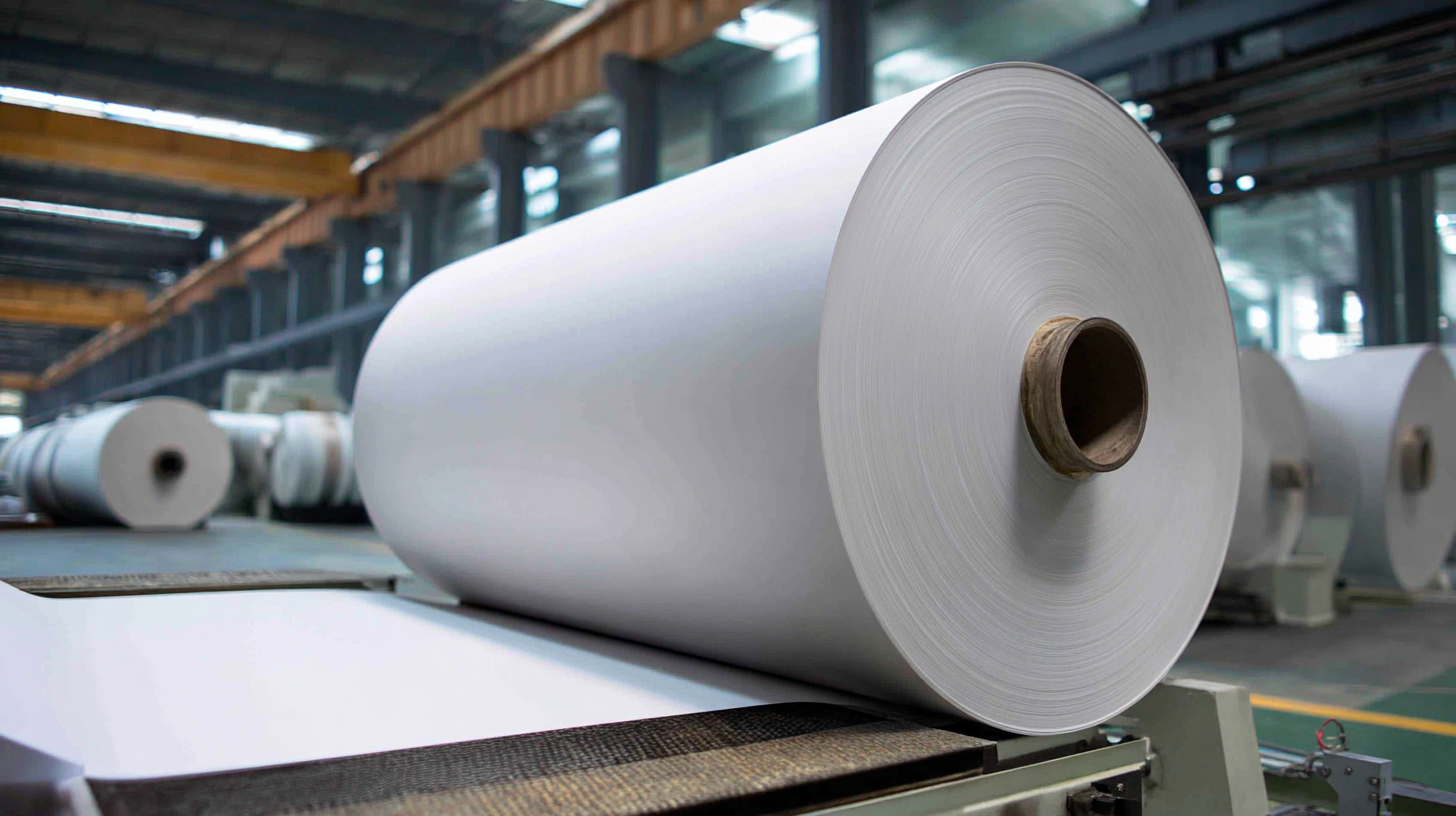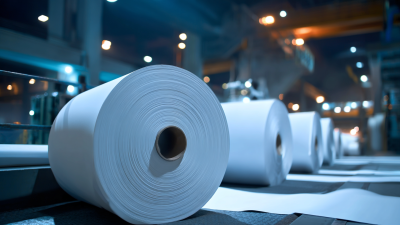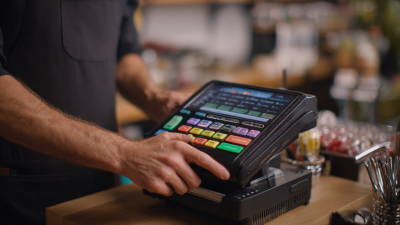In the realm of printing, the choice of paper plays a crucial role in determining the quality and effectiveness of the final product. Offset paper, renowned for its exceptional print clarity and vibrant color reproduction, has increasingly become the preferred option for businesses seeking to elevate their print materials. According to a report by Smithers Pira, the global demand for offset printing is projected to reach $194 billion by 2026, driven by the desire for high-quality, professional outputs in marketing and branding efforts.
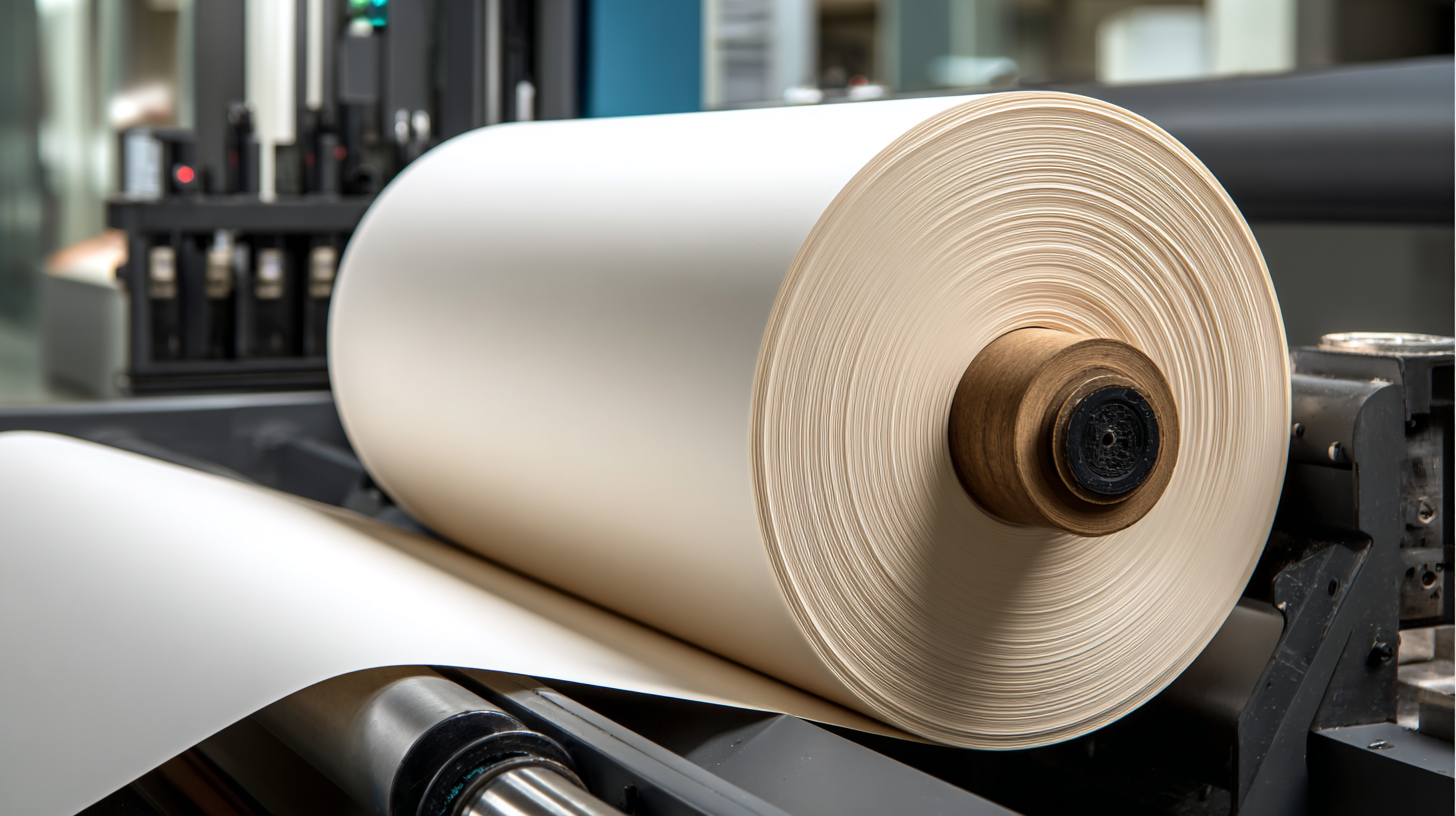
The unique characteristics of offset paper, such as its smooth surface and superior ink absorption capabilities, contribute significantly to producing stunning visuals and crisp text, making it an ideal choice for everything from brochures to business cards.
As industries continue to prioritize sustainability, the advent of eco-friendly offset papers further emphasizes its value in the modern printing landscape, providing both aesthetic and environmental benefits that cannot be overlooked.
Offset paper is gaining popularity not just for its superior print quality but also for its environmental benefits. According to a report by the Forest Stewardship Council (FSC), papers produced using offset printing techniques often utilize recycled materials or FSC-certified sources, which ensures sustainable forestry practices. This adherence to environmental standards significantly reduces the carbon footprint associated with paper production, benefitting both the ecosystem and consumers who are increasingly eco-conscious.
Moreover, studies conducted by the Paper & Paperboard Packaging Environmental Council reveal that offset printing processes are generally more efficient, leading to less waste. For instance, offset printing typically produces 50% less waste than digital printing methods. Additionally, the inks used in offset printing are often vegetable-based, which are biodegradable and less harmful than petroleum-based inks. These advancements not only enhance the environmental sustainability of printing practices but also align with corporate social responsibility goals that many businesses are striving to meet today. By choosing offset paper, companies can effectively balance quality and environmental responsibility in their printing needs.
When it comes to high-volume printing, cost-effectiveness is a crucial consideration for businesses and individuals alike. Offset paper stands out as a viable option in this arena due to its ability to handle large print runs efficiently and economically. Unlike digital printing, which can become pricey with increased quantities, offset printing provides a lower cost per unit as the volume increases, making it an ideal choice for projects like brochures, catalogs, and other marketing materials.
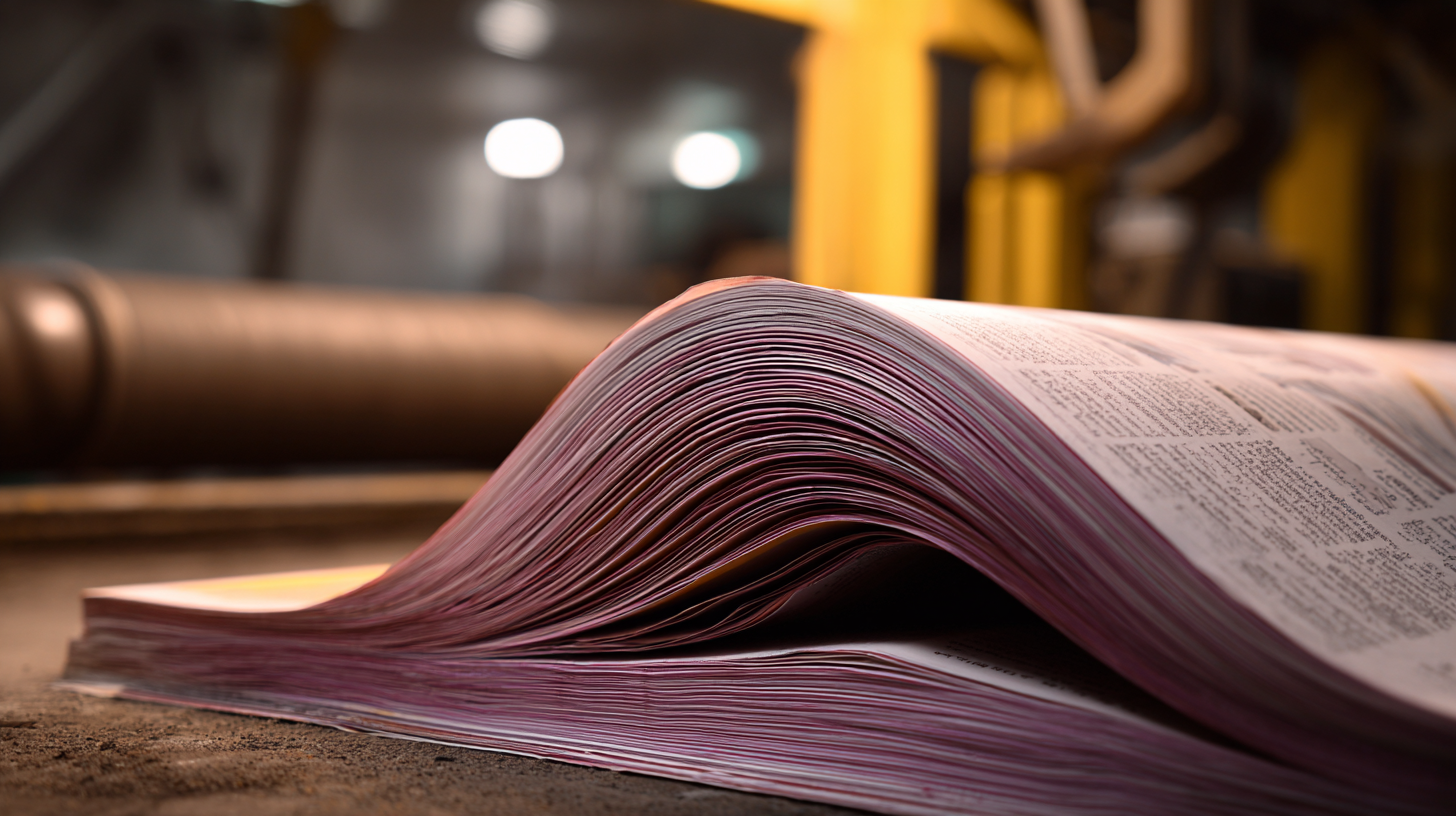
Additionally, the quality of offset paper further enhances its appeal in high-volume scenarios. Offset printing produces sharp, vibrant images and consistent color quality, ensuring that each piece meets the highest standards. This means that not only can businesses save on printing costs, but they can do so without compromising on the quality of their printed materials. By choosing offset paper for high-volume printing tasks, companies can achieve an excellent balance of affordability and superior print quality, which is essential for effective communication and marketing strategies.
When it comes to high-quality printing, the choice between offset paper and digital printing materials can significantly impact the final product. Offset paper, known for its superior color reproduction and texture, is the go-to option for businesses looking to produce large quantities with exceptional clarity. Unlike digital printing, which can sometimes struggle with consistency, offset printing offers a reliable solution that maintains quality across extensive runs.
For those considering switching to offset printing for their projects, here are a few tips to maximize efficiency and quality. First, ensure that your design is tailored for offset printing specifications, paying attention to color modes and resolution. Secondly, always request a proof before the full print run to verify that colors and details meet your expectations. Finally, working closely with your printing service can provide insights on paper selection and finishing options that further enhance the final output.
While digital printing materials may offer speed and convenience for smaller jobs, offset paper remains unrivaled for larger projects that demand a crisp, professional look. The latest advancements in printing technology, such as innovative duplexing inkjet presses, are bridging the gap, making it easier than ever to achieve high-quality results in shorter runs.
Offset paper has emerged as the preferred choice for many commercial printing applications due to its versatility and high-quality output. In industries ranging from publishing to packaging, the demand for offset paper continues to soar, reflecting a growing trend towards utilizing this material for various printing needs. The printing process involves transferring ink from a plate to a rubber blanket and then onto the paper, which allows for sharp detail and vibrant color reproduction. This technique not only enhances the aesthetic appeal of printed materials but also ensures consistency across large print runs, making it ideal for businesses that require uniformity in their branding efforts.
Additionally, offset paper is renowned for its ability to handle large volumes, making it the backbone of commercial printing. Many businesses are capitalizing on this aspect by adopting offset printing to produce everything from brochures to business cards and packaging materials. As the industry evolves, the use of recycled and environmentally friendly offset papers is gaining traction, aligning with the growing consumer demand for sustainable practices. Consequently, offset paper not only meets the quality requirements of modern printing but also embraces eco-conscious initiatives, placing it at the forefront of commercial printing trends.
| Paper Type | Brightness (ISO) | Grammage (g/m²) | Common Usage | Environmental Certifications |
|---|---|---|---|---|
| Coated Offset | 90-100 | 120-300 | Brochures, Magazines | FSC, SFI |
| Uncoated Offset | 80-90 | 80-350 | Books, Stationery | PEFC, FSC |
| Recycled Offset | 80-85 | 90-250 | Corporate Reports, Flyers | Recycled Content Certification |
When selecting offset paper for your printing needs, there are several key specifications to consider to ensure optimal results. First, the weight of the paper plays a crucial role in the overall feel and quality of the printed material. Standard weights range from 70 gsm to 300 gsm; heavier paper tends to convey a sense of professionalism and durability, making it ideal for projects like business cards and brochures.
Another vital factor is the finish of the paper. Options typically include matte, glossy, and silk finishes, each providing distinct visual effects and tactile experiences. For instance, a glossy finish enhances colors and sharpness, making it suitable for vibrant images, while a matte finish offers a more subdued look and is often preferred for text-heavy documents.
**Tip:** Always request samples from your supplier to evaluate how different finishes and weights perform with your specific designs.
Also, consider the paper’s brightness and opacity. Higher brightness levels lead to more vivid prints, while greater opacity prevents ink from bleeding through, crucial for double-sided printing.
**Tip:** Checking the paper’s specifications against your design’s color requirements will help achieve the intended impact and prevent potential disappointments in the final product.
